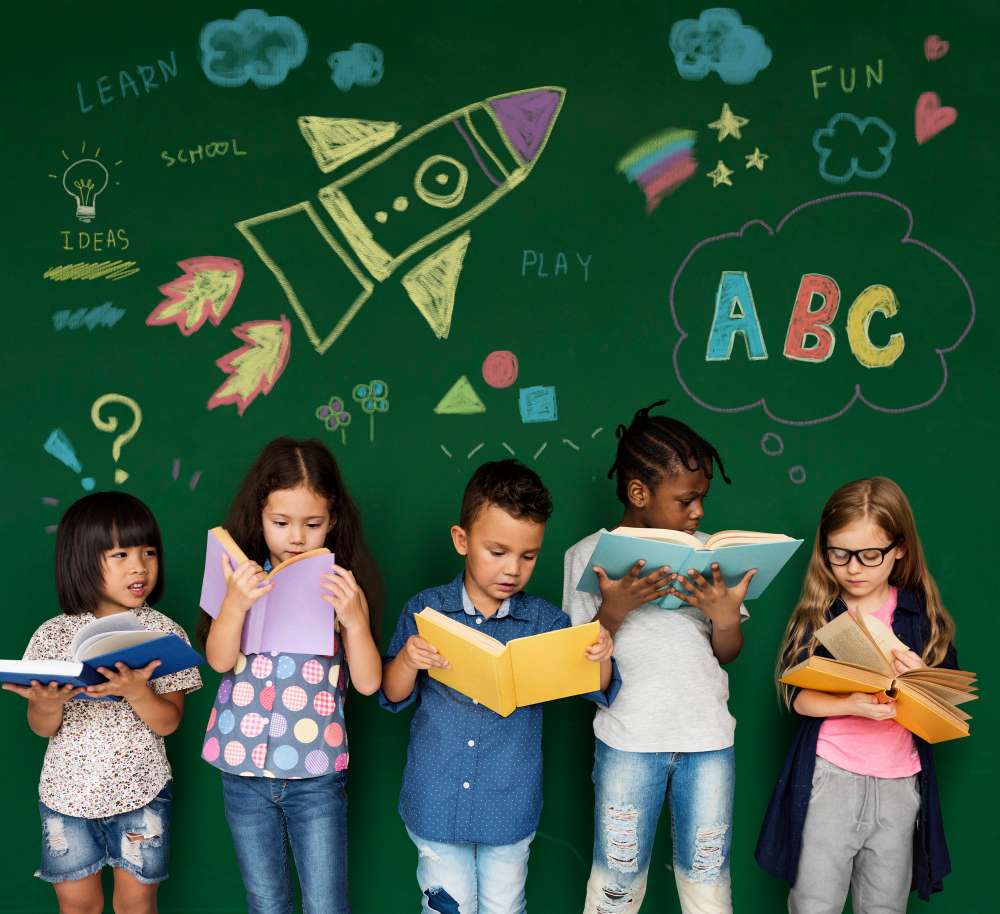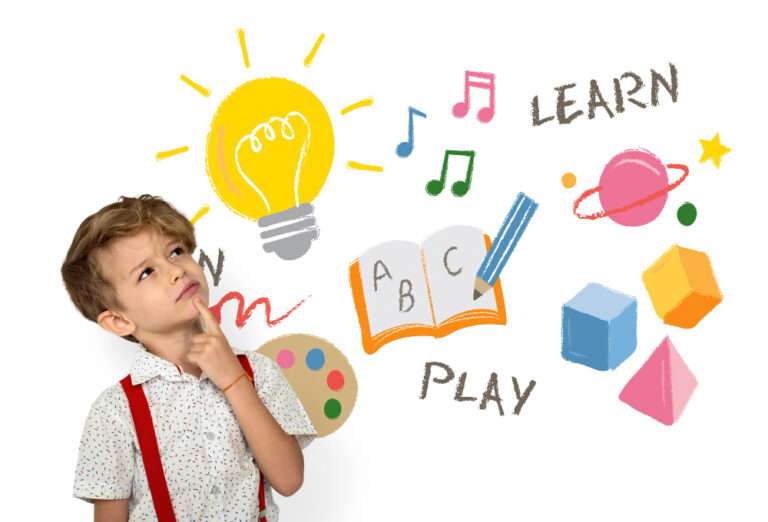Dyslexia
Dyslexia is a common learning difficulty that primarily affects the skills involved in accurate and fluent word reading and spelling. It is characterized by difficulties with phonological awareness, verbal memory, and verbal processing speed. Dyslexia is different from a learning disability, as it does not affect intelligence, although it can occur alongside other learning difficulties. It’s important to understand that while dyslexia can pose challenges, individuals with dyslexia often have strengths in other areas, such as creative thinking and problem-solving.
Recognizing dyslexia in children can be challenging because the signs can be subtle and differ from one child to another. However, some common indicators can signal a parent or educator to the possibility of dyslexia:
- Late Talking: Children with dyslexia may begin talking later than most children.
- Difficulty Learning to Read: They may struggle to learn to read or to recognize simple words.
- Problems with Phonemic Awareness: They might have trouble with rhyming, breaking words into sounds (phonemes), and blending sounds to make words.
- Issues with Alphabet: Dyslexic children might have trouble learning the alphabet, recognizing letters, or connecting sounds to letters.
- Reading Below Grade Level: They often read below the expected level for their age.
- Problems with Spelling: Children with dyslexia can have significant difficulty spelling, often with numerous errors and with no consistent pattern.
- Avoiding Reading Aloud: They may avoid reading out loud and may have a particularly hard time with sight words and words that don’t follow regular spelling rules.
- Difficulty with Word Problems in Math: Dyslexic children may have difficulty understanding word problems in math due to their reading challenges.
- Problems with Sequencing: They might have trouble with the sequence of events or instructions and telling the time.
- Slow Writing: Their writing might be slow, with poor handwriting.
- Difficulty Remembering Numbers: Sequences of numbers, such as phone numbers or addresses, can be challenging to memorize and recall.
- Problems with Directional Terms: They may struggle with left and right, and may have difficulty navigating and understanding spatial concepts.
If dyslexia is suspected, a formal evaluation by a qualified professional, such as a school psychologist or a speech-language pathologist, is crucial. This assessment will typically include looking at the child’s development, educational history, intellectual ability, and academic skills. Early identification and intervention are key in helping children with dyslexia develop reading skills and other academic competencies.
Interventions often include structured literacy programs that are systematic, explicit, and multisensory. These programs focus on teaching phonics and may involve techniques that integrate visual, auditory, and kinesthetic-tactile cues to improve reading and spelling. Assistive technology, like text-to-speech and speech-to-text software, can also be extremely helpful.
It’s also important to note that dyslexia is a lifelong issue; there is no “cure,” but with the right support and interventions, individuals with dyslexia can become highly successful students and adults. A supportive environment that fosters self-esteem and resilience, both at home and at school, can make a significant difference.
------------From our Sponsors------------









